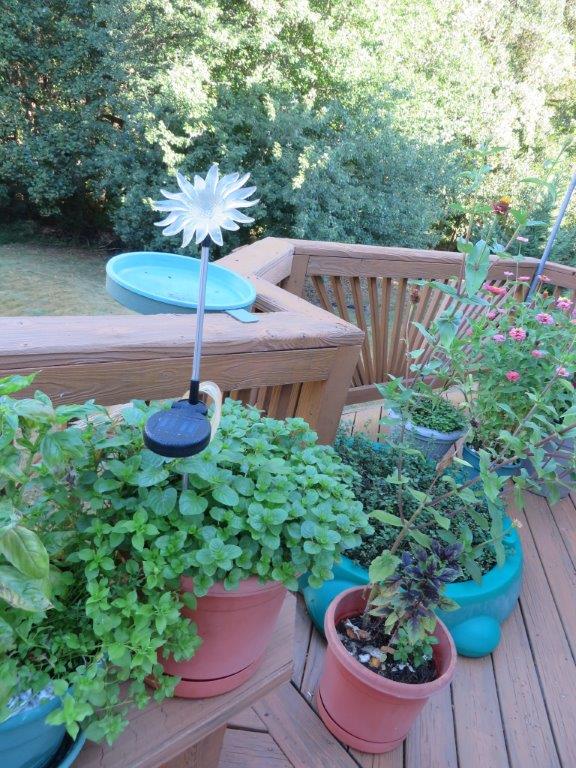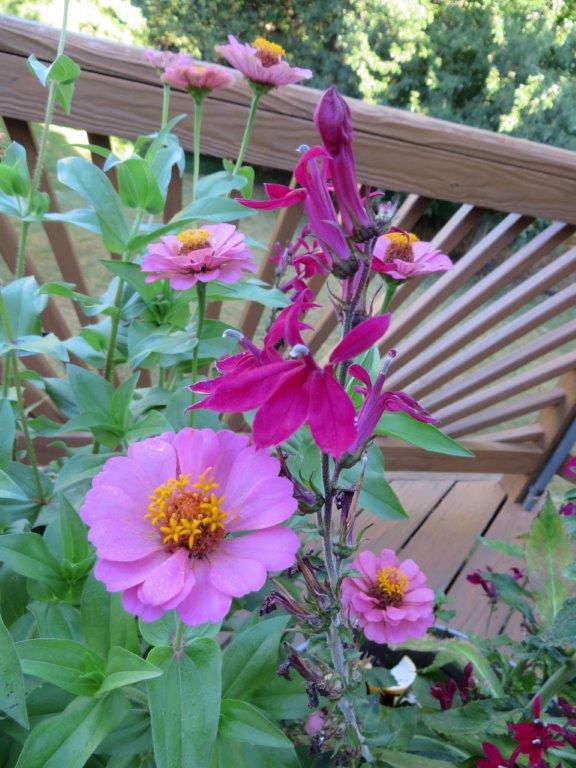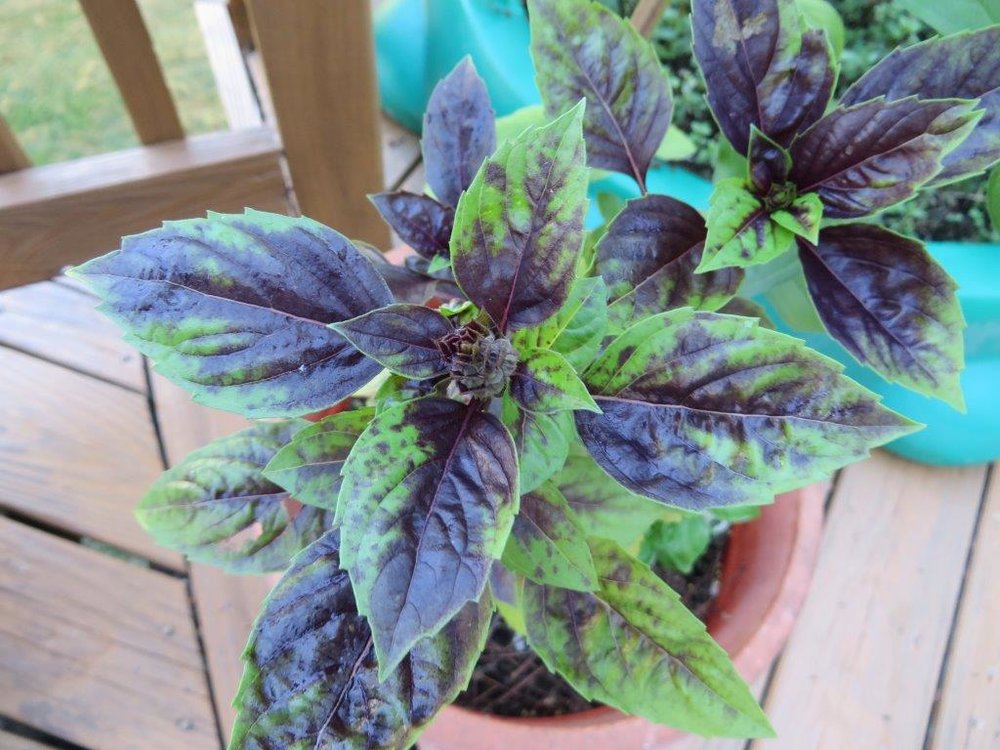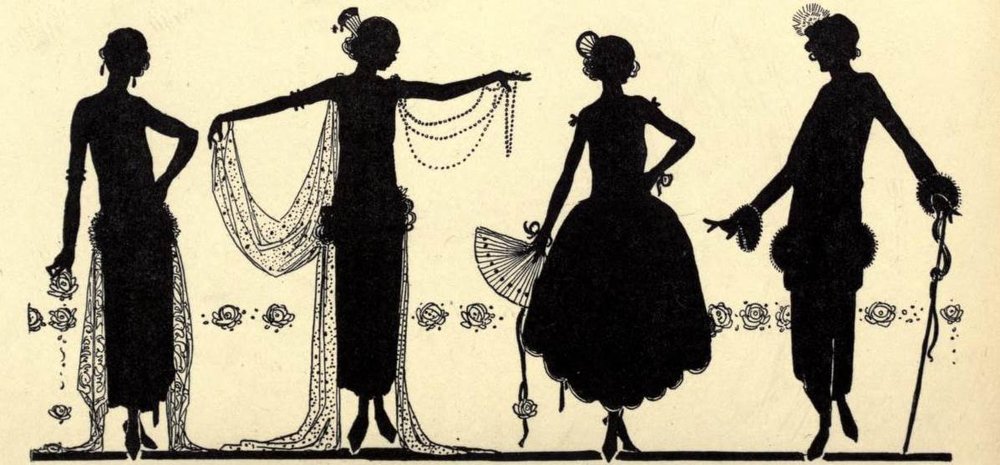 I just finished reading May Sarton’s autobiography from when she was in her 50s - Plant Dreaming Deep. She describes her move to Nelson NH. The garden around the house appears frequently in the book: how it looks from various windows of the house, the cutting of flowers in the morning, the weeding and planting of the afternoons, the taming of brush to reveal a stone wall, the agony of a drought when there was not enough water available for the plants.
I just finished reading May Sarton’s autobiography from when she was in her 50s - Plant Dreaming Deep. She describes her move to Nelson NH. The garden around the house appears frequently in the book: how it looks from various windows of the house, the cutting of flowers in the morning, the weeding and planting of the afternoons, the taming of brush to reveal a stone wall, the agony of a drought when there was not enough water available for the plants.
I’ve experienced similar thoughts about the garden at my house - particularly with the plants in pots on my deck. It is not a particularly large grouping (this year) and there are only a few types of plants: zinnias, cardinal flowers, mint (3 kinds), and basil (2 kinds).
 Hummingbird and cardinal flowerThey are visible from the window over the kitchen sink, through the French door from the breakfast area and the screened in part of the deck. The most frequent viewing is from the kitchen window - when I wash vegetables, get a cup of tea, or stand leaning over the sink to eat a juicy orange or peach. I notice the butterflies, hummingbirds, and goldfinches most frequently from there. There is a chair in the breakfast area turned to look outward for longer observation. When I sit on the deck - I sometimes look at the pots but am more frequently listening to the bird and cicada songs.
Hummingbird and cardinal flowerThey are visible from the window over the kitchen sink, through the French door from the breakfast area and the screened in part of the deck. The most frequent viewing is from the kitchen window - when I wash vegetables, get a cup of tea, or stand leaning over the sink to eat a juicy orange or peach. I notice the butterflies, hummingbirds, and goldfinches most frequently from there. There is a chair in the breakfast area turned to look outward for longer observation. When I sit on the deck - I sometimes look at the pots but am more frequently listening to the bird and cicada songs. Tiger swallowtail and zinnia
Tiger swallowtail and zinnia
The plants each have their own mini-story.
The zinnias are from seeds my sister saved from her garden. They are degenerates of hybrids but I find the variety appealing and the insects/birds love both their nectar and seeds. I also like to cut a single flower for a bud vase on my desk. Goldfinch and zinnia seed pod
Goldfinch and zinnia seed pod
The mint has been propagated from various places around the house and into pots via cuttings. My favorite is the variety that grows in my daughter’s old turtle sandbox although I cut all varities to dry for use with black tea to make my favorite beverage: mint tea. Mid-way through the season I was introduced to the notion of creating pots of plants that included three components: thriller, spiller, and filler. Mint will be the “spiller and filler” for next year. Mint (pot and turtle sandbox) on right and zinnia on left
Mint (pot and turtle sandbox) on right and zinnia on left
 Zinnia and cardinal flowerThe cardinal flower was a gift from a volunteer organization I worked with earlier in the season. It is expanding into the large pot I put it in. It will be one of the “thriller” plants for next year. I may start another pot from seed as well. It certainly likes to be kept wet; discovering a long lost, half-full bag of peat moss in the garage just before I created the pot was fortunate. I already have a few mint plants that have taken root at one edge of the pot.
Zinnia and cardinal flowerThe cardinal flower was a gift from a volunteer organization I worked with earlier in the season. It is expanding into the large pot I put it in. It will be one of the “thriller” plants for next year. I may start another pot from seed as well. It certainly likes to be kept wet; discovering a long lost, half-full bag of peat moss in the garage just before I created the pot was fortunate. I already have a few mint plants that have taken root at one edge of the pot.
 The basil seeds were gifts: seed balls from my daughter and a collection of seeds from my husband (that I thought might we too old to sprout). I cut a few leaves for a salad or sauce several times a week and have - so far - kept it from going to seed.
The basil seeds were gifts: seed balls from my daughter and a collection of seeds from my husband (that I thought might we too old to sprout). I cut a few leaves for a salad or sauce several times a week and have - so far - kept it from going to seed.
I keep the plants hydrated with water collected from cleaning fruits and vegetables - unless it is very hot and more is needed. The zinnias visibly droop when they need water; they are the indicator plant for watering.
I am full of plans for next year already. More large pots on my wish list for birthday and Christmas - and I’ll look for pot sales too. And I’m thinking of plants for next year too:
- Thrillers: zinnias, cardinal flower
- Fillers: basil, parsley, mint, cilantro
- Spillers: mint, sweet potato
The rest of the flower beds and gardens around the house are not completely unnoticed, but the pots on the deck are the ones I see most frequently. They are a very special luxury!
 The last Amanda Cross mystery was published over 10 years ago - but I’ve discovered them recently. I just finished my third - and favorite so far: Sweet Death, Kind Death. It was published in 1984. As I read it I realized that I am enjoying it more now because of the growing up I’ve done over those 30 years. It is easier to identify with the victim - a woman in her late 50s that believed in women’s lives ‘beginning again just when it was supposed to be over.’ It is counter to what our culture tells us but more and more women in 2013 - boomers - are discovering the 'beginning again' path for themselves.
The last Amanda Cross mystery was published over 10 years ago - but I’ve discovered them recently. I just finished my third - and favorite so far: Sweet Death, Kind Death. It was published in 1984. As I read it I realized that I am enjoying it more now because of the growing up I’ve done over those 30 years. It is easier to identify with the victim - a woman in her late 50s that believed in women’s lives ‘beginning again just when it was supposed to be over.’ It is counter to what our culture tells us but more and more women in 2013 - boomers - are discovering the 'beginning again' path for themselves.




































